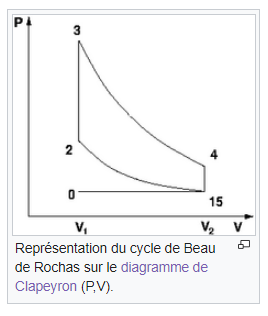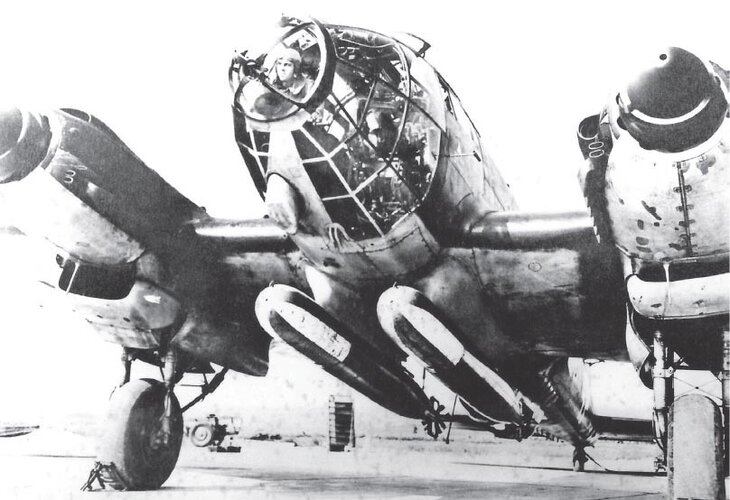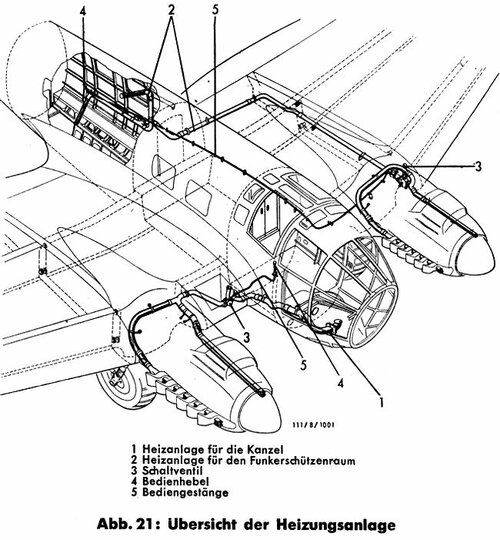Prophet141
ACCESS: Confidential
- Joined
- 25 April 2022
- Messages
- 133
- Reaction score
- 114
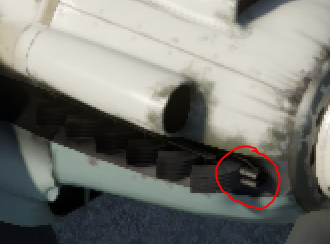
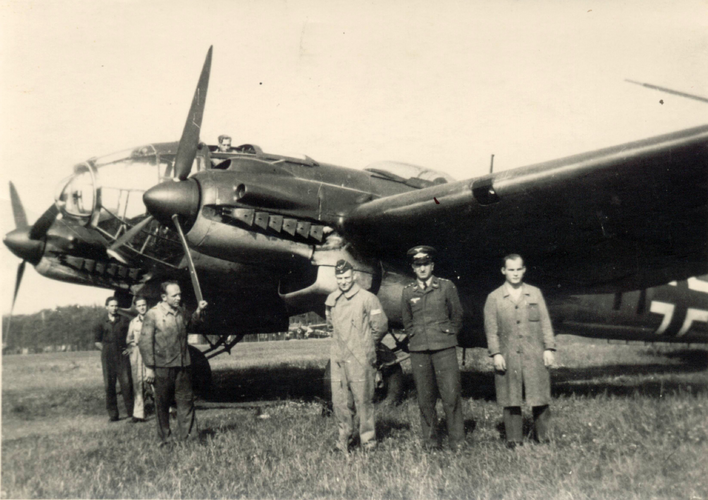
I've been talking to someone who pointed out the highlighted area on the He-111 H16's engine nacelles. They suspect it's designed to lower the pressure within the exhaust stacks, thereby increasing the efficiency of the Otto cycle as shown in the diagram below. The green lines represent a lower pressure in the exhausts.
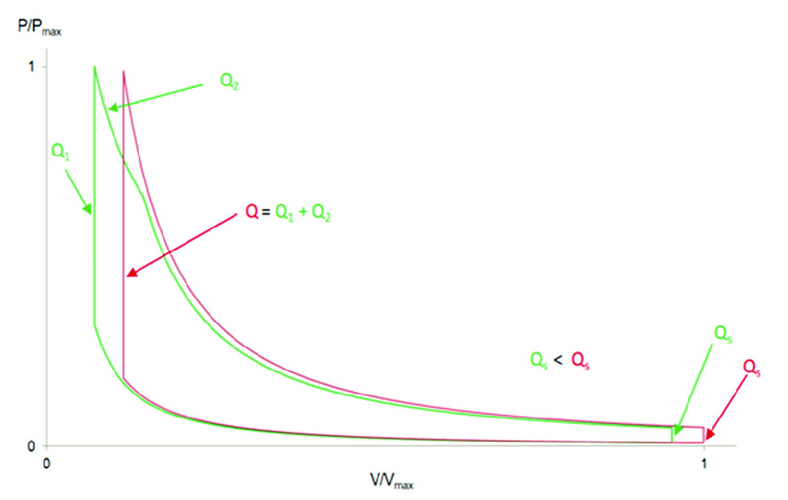
Thanks, whatever the answer may be.

